 © Michelangelo Foundation
© Michelangelo Foundation
Takeshi Kitamura
WeaverTextile weaverTakeshi Kitamura, a master of the traditional Nishijin textile technique, started his career weaving in the Nishijin district of Kyoto in 1951. He left the workshop five years later intending to learn various techniques from different workshops. He frequented textile artists and continuously strove to improve his technical skills and develop his personal style. One day Takeshi Kitamura visited an exhibition featuring photographic reproductions of ancient fabrics excavated in China. This awoke a keen interest in ancient ra fabrics. He dedicated years to reproducing the fabric, finally managing to recreate it and others along the way. He has not only dedicated himself to the recreation of ancient techniques but also to expanding the possibilities of present-day weaving. In 1995, he was designated Japanese National Living Treasure for ra textile, and in 2000 - for tate-nishiki weaving.
National Living Treasure - the category of ra fabric and tate-nishiki weavingJapanese government
1995 TechniqueStory
There are three principal types of silk gauze in Japan: ra, sha, and ro. This fabric is handwoven from a complicated intertwining of warp threads. Ra thread is woven so finely that it practically looks transparent. This material is thought to be worn in summer by Japanese nobles as far back as the 8th century. The weft is arranged in pairs and crossed before and after each warp yarn. By doing so, the weaver adds structure and strength to this fabric using fine yarns that have been loosely spread out.
Technique Ra and tate-nishiki textile weaving Objects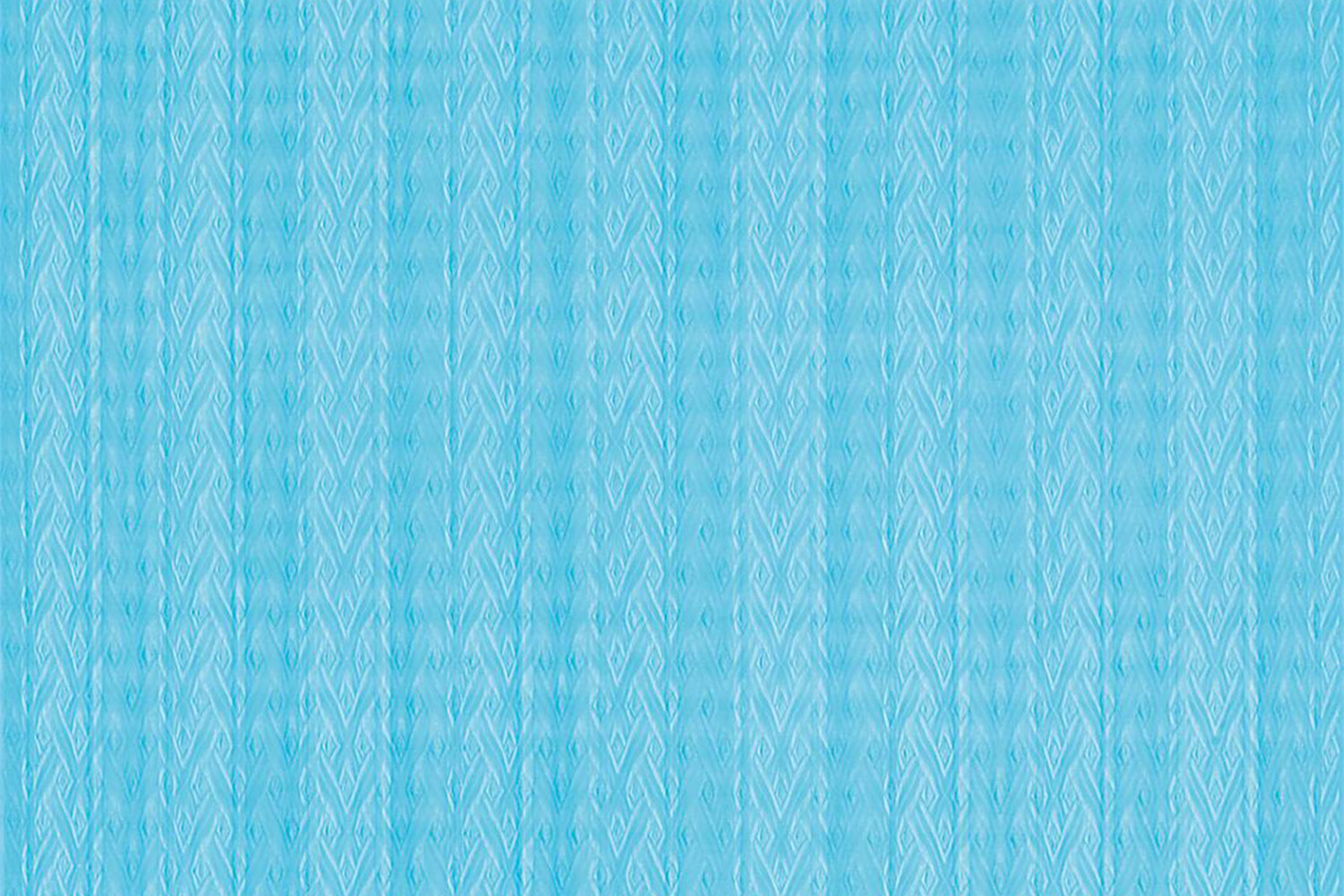
"Mountain Stream" ra gauze with seethrough pattern
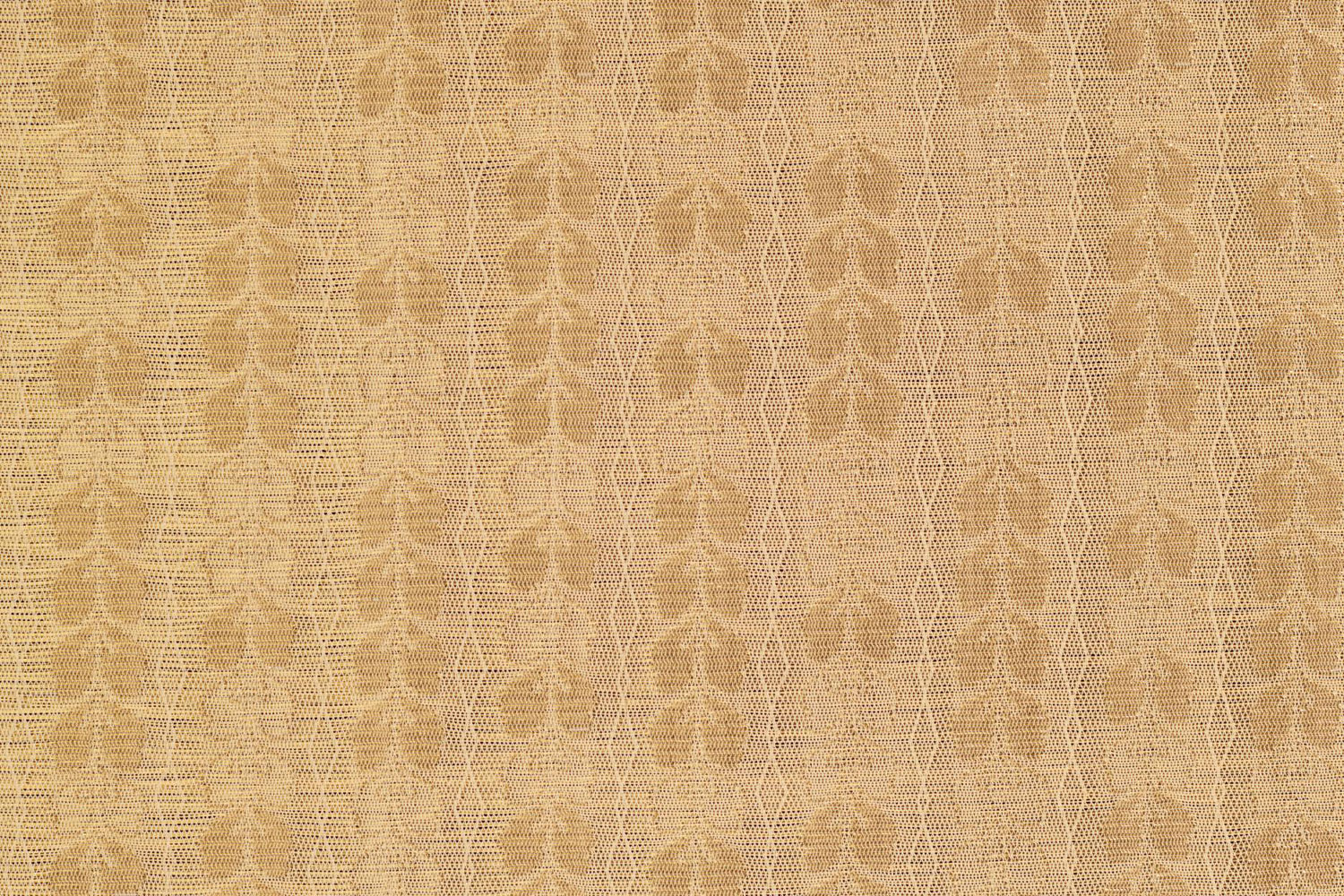
"Flowers" gold-threaded ra gauze

Takeshi Kitamura, from The Ateliers of Wonders series
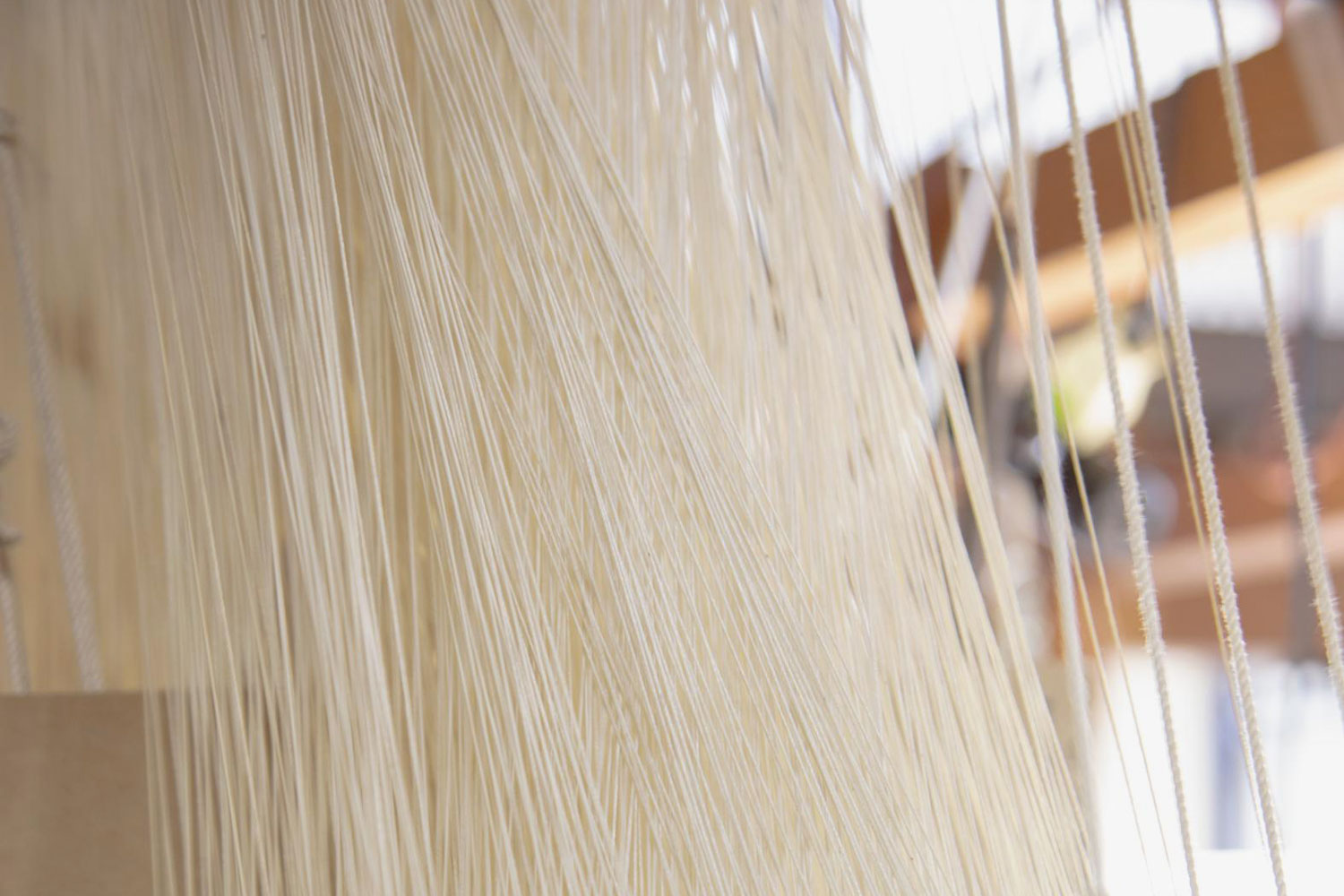
Takeshi Kitamura, from The Ateliers of Wonders series

Takeshi Kitamura, from The Ateliers of Wonders series

Takeshi Kitamura, from The Ateliers of Wonders series

Takeshi Kitamura, from The Ateliers of Wonders series
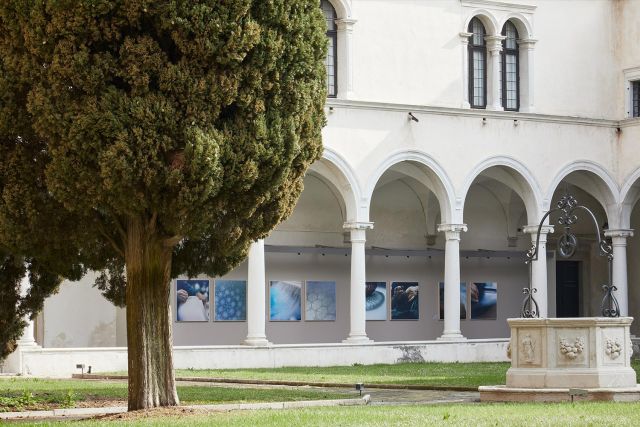 The Ateliers of Wonders Exhibition
The Ateliers of Wonders Exhibition
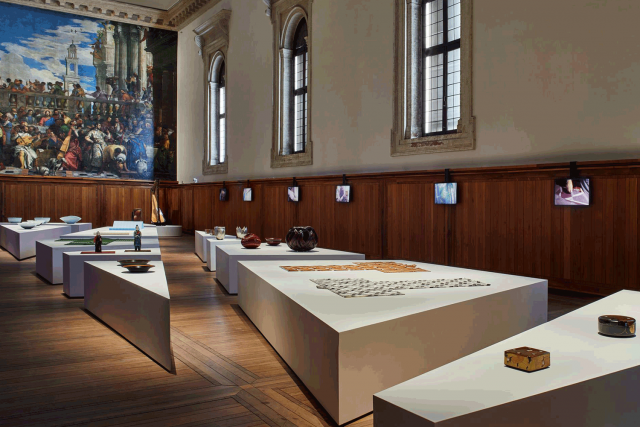 12 Stone Garden Exhibition
Contact
12 Stone Garden Exhibition
Contact
www.nihonkogeikai.or.jp/works/842








